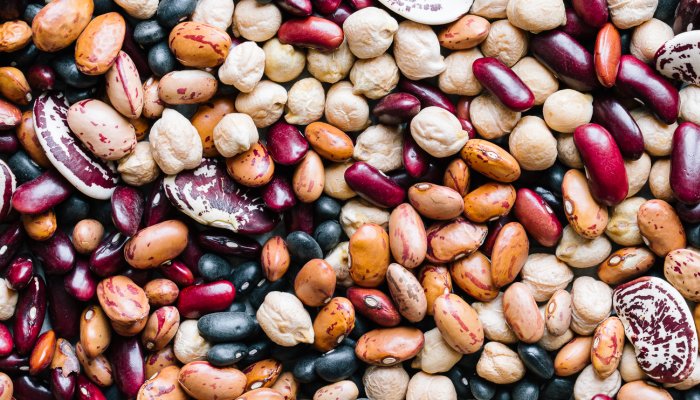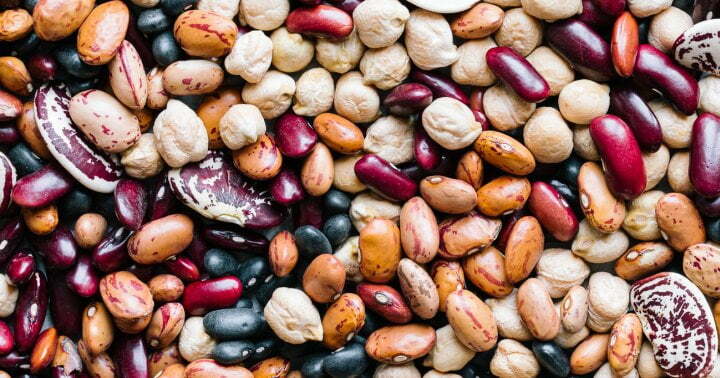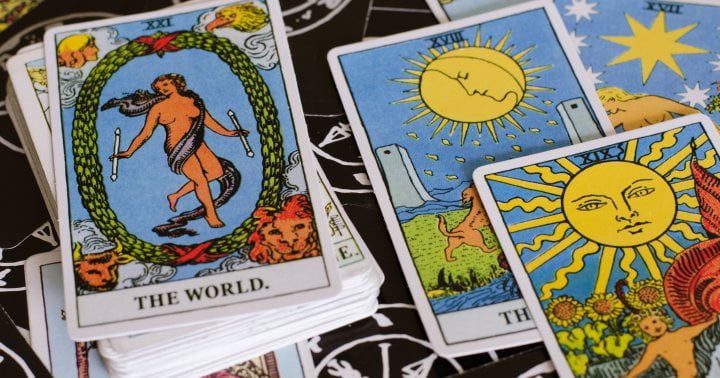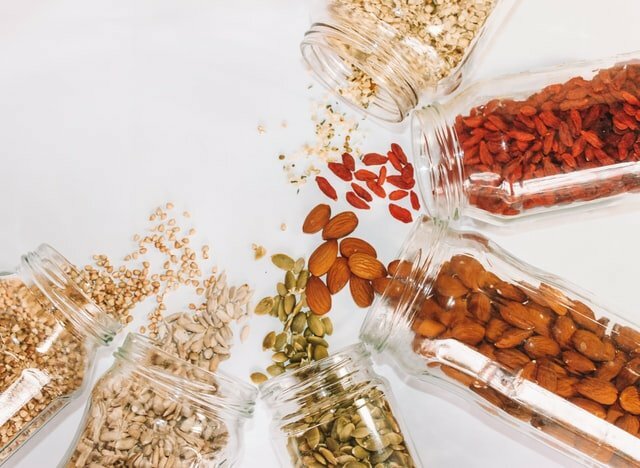Why Dan Buettner Loves Black Beans For Longevity

Different-colored foods boast different types of antioxidants—for example, most red-hued foods (bell pepper, pomegranate, et al.) contain anthocyanins, a class of anti-inflammatory flavonoids that has been shown helpful against cardiovascular disease, osteoarthritis, rheumatoid arthritis, and more.
As for black beans: “The same pigment that makes beans black is the pigment that makes blueberries blue, and that pigment carries a lot of antioxidants,” notes Buettner. In fact, many experts (Buettner included) believe darker-colored foods denote more nutrient density—the fruit or veggie is brimming with nutrients, and that’s what makes the pigment so deeply hued.
As Deanna Minich, Ph.D., IFMCP, a functional nutritionist who studies plant-based pigments, once told us, “If I had to be on a desert island and somebody said, ‘Deanna, I’m either giving you blueberries or blackberries to survive,’ I would choose the blackberries.” Nothing against the shade of blue, of course, but the theory is the darker the fruit or veggie, the more phytonutrients it likely contains.
All that to say, if Buettner had to pick a favorite, he would reach for black beans. But that doesn’t mean you should brush off the pinto and kidney beans of the world: “I’m a big fan of eating the type of bean you like,” he explains. “They’re all great, and they all offer different properties.” So even though black beans boast tons of nutrients, you still want an array of diverse phytochemicals for your gut. If that means chucking a variety of beans into a minestrone soup (Buettner’s favorite recipe), so be it.
This article was originally published by mindbodygreen.com. Read the original article here.




